On 30 July 1935, the first books bearing the ubiquitous penguin were published. Orange for fiction, blue for biography and green for crime. Each book cost sixpence. Ernest Hemingway, Andre Marois and Agatha Christie led the rollout. We are celebrating the day this year by re-connecting with some old Penguin favourites from across the years.
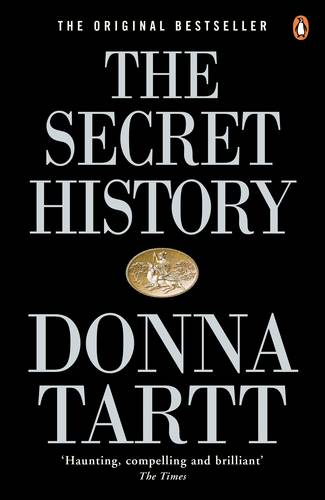
The Secret History by Donna Tartt
‘Everything, somehow, fit together; some sly and benevolent Providence was revealing itself by degrees and I felt myself trembling on the brink of a fabulous discovery, as though any morning it was all going to come together—my future, my past, the whole of my life—and I was going to sit up in bed like a thunderbolt and say oh! oh! oh!’
Under the influence of a charismatic classics professor, a group of clever, eccentric misfits at a New England college discover a way of thought and life a world away from their banal contemporaries.
But their search for the transcendent leads them down a dangerous path, beyond human constructs of morality.

One Hundred Years of Solitude by Gabriel Garcia Marquez
‘Many years later, as he faced the firing squad, Colonel Aureliano Buendía was to remember that distant afternoon when his father took him to discover ice’
Gabriel García Márquez’s great masterpiece is the story of seven generations of the Buendía family and of Macondo, the town they built. Though little more than a settlement surrounded by mountains, Macondo has its wars and disasters, even its wonders and its miracles. A microcosm of Columbian life, its secrets lie hidden, encoded in a book, and only Aureliano Buendía can fathom its mysteries and reveal its shrouded destiny.
Blending political reality with magic realism, fantasy and comic invention, One Hundred Years of Solitude is one of the most daringly original works of the twentieth century.
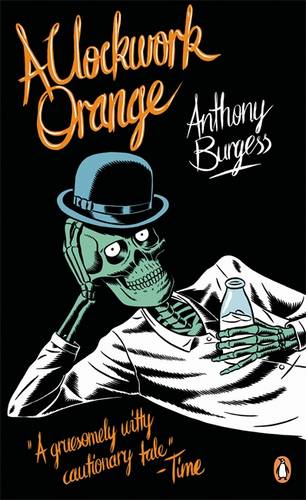
A Clockwork Orange by Anthony Burgess
A Clockwork Orange takes place in a futuristic city governed by a repressive, totalitarian super-State. In this society, ordinary citizens have fallen into a passive stupor of complacency, blind to the insidious growth of a rampant, violent youth culture.
The protagonist of the story is Alex, a fifteen-year-old boy who narrates in a teenage slang called nadsat, which incorporates elements of Russian and Cockney English. Alex leads a small gang of teenage criminals—Dim, Pete, and Georgie—through the streets, robbing and beating men and raping women.
Alex and his friends spend the rest of their time at the Korova Milkbar, an establishment that serves milk laced with drugs, and a bar called the Duke of New York.
Dazzling and transgressive, this frightening fable about good and evil asks the meaning of human freedom.
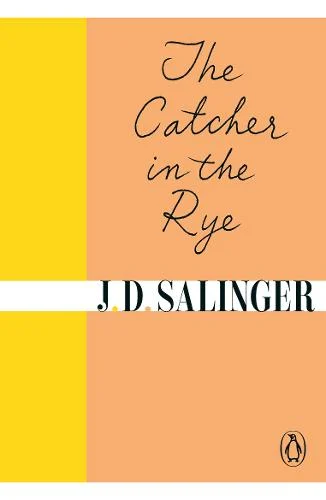
The Catcher in the Rye by J.D. Salinger
‘If you really want to hear about it, the first thing you’ll probably want to know is where I was born and what my lousy childhood was like, and how my parents were occupied and all before they had me, and all that David Copperfield kind of crap, but I don’t feel like going into it, if you want to know the truth.’
It’s Christmas time and Holden Caulfield has just been expelled from yet another school…
Fleeing the crooks at Pencey Prep, he pinballs around New York City seeking solace in fleeting encounters—shooting the bull with strangers in dive hotels, wandering alone round Central Park, getting beaten up by pimps and cut down by erstwhile girlfriends. The city is beautiful and terrible, in all its neon loneliness and seedy glamour, its mingled sense of possibility and emptiness. Holden passes through it like a ghost, thinking always of his kid sister Phoebe, the only person who really understands him, and his determination to escape the phonies and find a life of true meaning.
The Catcher in the Rye is an all-time classic in coming-of-age literature- an elegy to teenage alienation, capturing the deeply human need for connection and the bewildering sense of loss as we leave childhood behind.
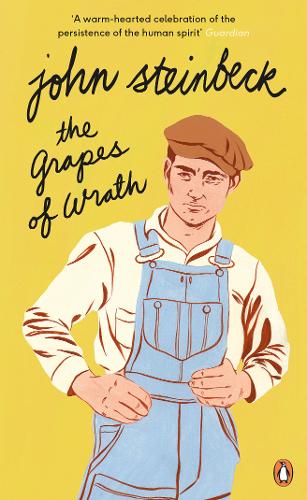
The Grapes of Wrath by John Steinbeck
‘To the red country and part of the gray country of Oklahoma, the last rains came gently, and they did not cut the scarred earth.’
Drought and economic depression are driving thousands from Oklahoma.
As their land becomes just another strip in the dust bowl, the Joads, a family of sharecroppers, decide they have no choice but to follow.
They head west, towards California, where they hope to find work and a future for their family. But while the journey to this promised land will take its inevitable toll, there remains uncertainty about what awaits their arrival . . .
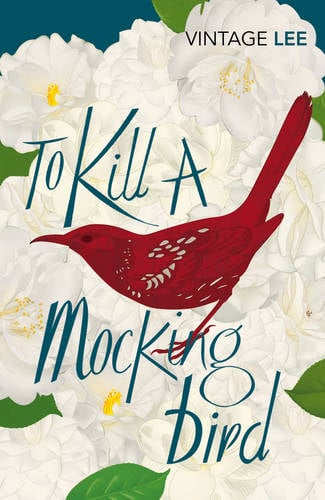
To Kill a Mockingbird by Harper Lee
‘Shoot all the Bluejays you want, if you can hit ’em, but remember it’s a sin to kill a Mockingbird.’
Atticus Finch gives this advice to his children as he defends the real mockingbird of this classic novel – a black man charged with attacking a white girl.
Through the eyes of Scout and Jem Finch, Lee explores the issues of race and class in the Deep South of the 1930s with compassion and humour. She also creates one of the great heroes of literature in their father, whose lone struggle for justice pricks the conscience of a town steeped in prejudice and hypocrisy.
This edition of one of the world’s best-loved books features the original text.
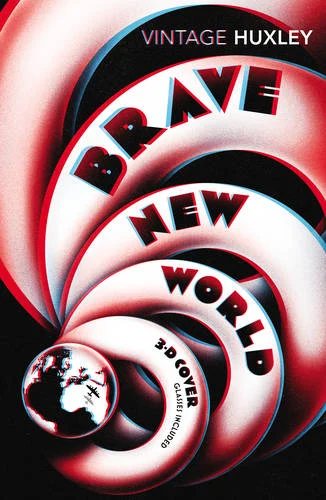
Brave New World by Aldous Huxley
Far in the future, the World Controllers have created the ideal society. Through clever use of genetic engineering, brainwashing and recreational sex and drugs all its members are happy consumers.
Bernard Marx seems alone harbouring an ill-defined longing to break free. A visit to one of the few remaining Savage Reservations where the old, imperfect life still continues, may be the cure for his distress…
Huxley’s ingenious fantasy of the future sheds a blazing light on the present and is considered to be his most enduring masterpiece.

